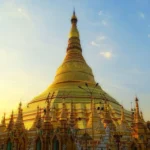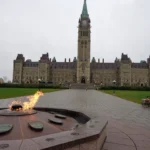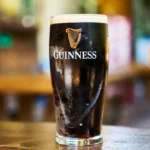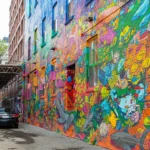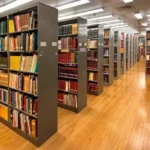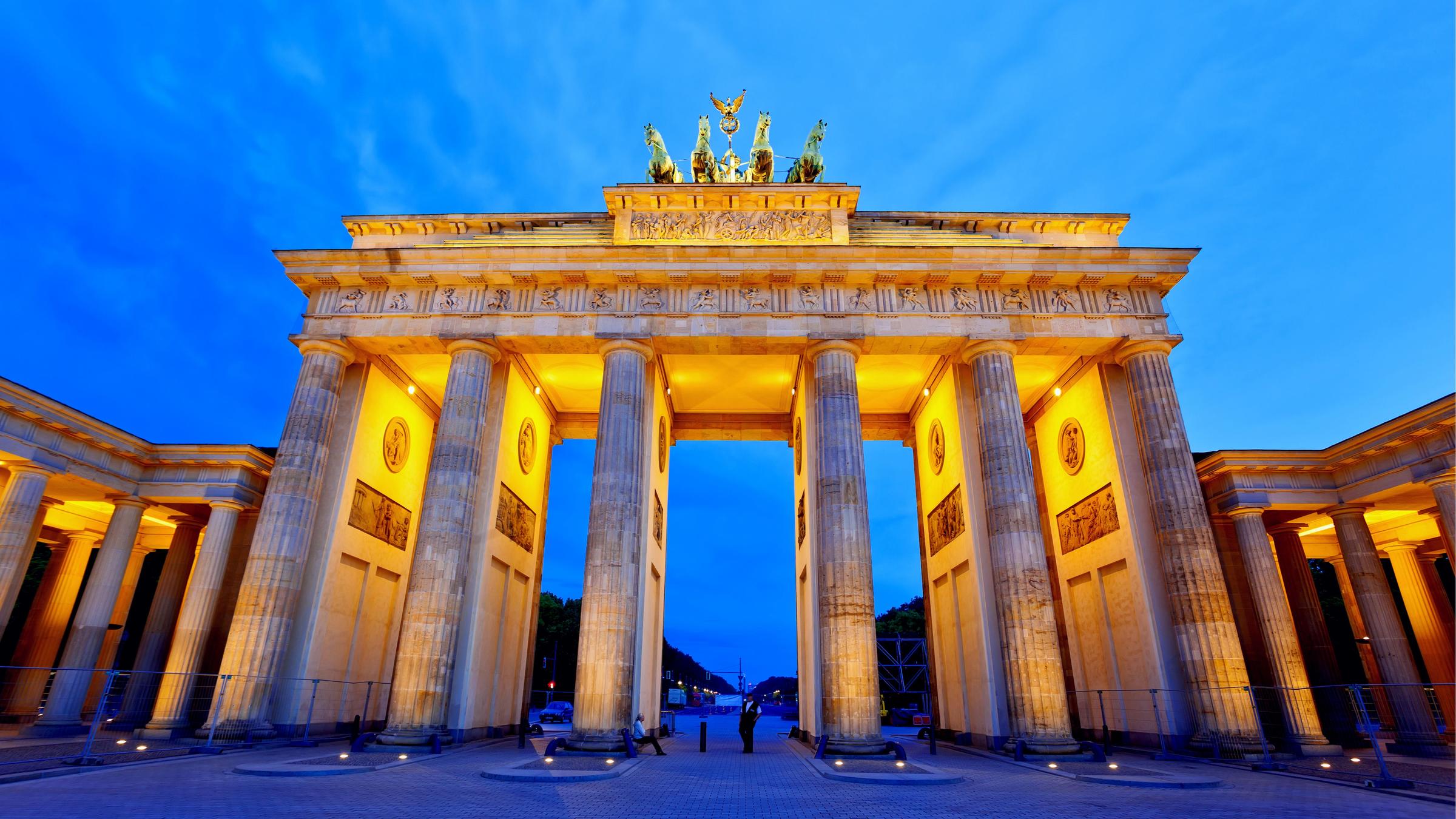
The Brandenburg Gate, an iconic symbol of Berlin and German history, stands proudly at the western end of the renowned Unter den Linden boulevard. With its neoclassical architecture, the gate has witnessed centuries of significant events, evolving from a symbol of peace and victory to a powerful emblem of German unity. From its construction in the late 18th century to its role in the tumultuous divisions of the 20th century and its ultimate resurgence as a beacon of unity, the Brandenburg Gate’s rich history unfolds in a tapestry of architectural brilliance and historical significance. Join us as we explore 25 fascinating facts, from its towering height to the restoration efforts that have preserved this monumental landmark as a testament to the resilience and unity of the German people.
Construction Year: The construction of the Brandenburg Gate commenced in 1788 and concluded in 1791. Commissioned by King Frederick William II of Prussia, the gate was designed to represent peace and mark the end of the boulevard Unter den Linden.
Architect: Carl Gotthard Langhans, a prominent architect of his time, was chosen to design the Brandenburg Gate. Langhans infused the gate with neoclassical elements, drawing inspiration from the Propylaea, the gateway to the Acropolis in Athens.
Location: Situated at the western end of Unter den Linden, the Brandenburg Gate is strategically positioned as a monumental entrance to the city of Berlin. Its location has made it a focal point for historical events and celebrations throughout German history.
Height: Soaring to a height of 26 meters (85 feet), the Brandenburg Gate commands attention and serves as a symbol of grandeur in the heart of Berlin.
Width: The gate spans an impressive 65.5 meters (215 feet), contributing to its imposing and iconic presence on the cityscape.
Columns: The gate is adorned with six Doric columns on each side, forming five passageways. This architectural choice gives the structure a sense of balance and classical elegance.
Quadriga: Crowned by the Quadriga, a sculpture depicting a chariot drawn by four horses, the Brandenburg Gate gained an emblematic symbol of victory. Installed in 1793, the Quadriga represents peace and triumph over war.
Napoleonic Occupation: In a dramatic turn of events during the Napoleonic Wars, Napoleon took the Quadriga to Paris in 1806 as a symbol of victory. However, its return to Berlin in 1814 underscored the resilience and restoration of German pride after Napoleon’s defeat.
Iron Cross: The iron cross atop the Quadriga stands at an impressive height of 5.5 meters (18 feet) and weighs approximately 2,700 pounds. This symbol has endured as a powerful representation of German identity.
Symbol of Peace: Following the fall of the Berlin Wall in 1989, the Brandenburg Gate transformed into a symbol of peace and unity. The image of the gate became synonymous with the reunification of East and West Germany, symbolizing the end of the Cold War era. Today, it serves as a poignant reminder of historical milestones and the resilience of the German people.
Division Symbol: Throughout the Cold War, the Brandenburg Gate stood as a poignant symbol of the division between East and West Germany. Positioned near the Berlin Wall in the no-man’s land, it became a stark representation of the ideological and physical separation imposed by the Iron Curtain. The gate’s imposing presence underscored the challenges faced by a divided nation.
Parades and Processions: Over the course of German history, the Brandenburg Gate has been a witness to numerous military parades and historic processions. It served as a grand stage for significant events, reflecting the nation’s political and cultural evolution.
Wooden Statues: During World War II, the Quadriga and some of the columns of the Brandenburg Gate suffered damage. In an effort to protect the remaining structure, the statues were replaced with wooden replicas. This measure aimed to prevent further deterioration while maintaining the symbolic integrity of the gate.
Reconstruction: Post-World War II, the Brandenburg Gate underwent extensive reconstruction. The Quadriga was restored with new copper versions of the statues, and the gate was meticulously reconstructed to recapture its original neoclassical splendor.
Reopening: On December 22, 1989, the Brandenburg Gate witnessed a historic moment as it was reopened to the public following the fall of the Berlin Wall. The event marked the end of an era of division and the beginning of a new chapter in German history.
German Unity Day: Recognized as a symbol of German unity, the Brandenburg Gate is the central location for the annual German Unity Day celebrations. This national holiday commemorates the reunification of East and West Germany, emphasizing the significance of the gate in the country’s shared history.
LED Lighting: In the year 2000, the Brandenburg Gate underwent a modernization process with the installation of a new lighting system featuring 360 lamps. This enhancement not only illuminated the gate’s architectural features but also contributed to its aesthetic appeal, particularly during nighttime.
Presidential Speeches: The Brandenburg Gate has been the backdrop for several pivotal speeches by world leaders. Notably, U.S. Presidents Ronald Reagan and Barack Obama delivered historic addresses at the gate, emphasizing its global significance as a symbol of freedom and democracy.
European Cup Celebrations: During the 2006 FIFA World Cup hosted by Germany, the Brandenburg Gate emerged as a focal point for celebrations. Its iconic setting served as a gathering place for football fans and a backdrop for joyous festivities, highlighting its cultural importance.
Tourist Attraction: Today, the Brandenburg Gate stands as one of Berlin’s most visited landmarks, attracting millions of tourists each year. Its historical significance, architectural grandeur, and symbolic value make it an essential destination for those seeking to explore the rich heritage of Germany’s capital city.
Brandenburg Gate Museum: Beneath the Brandenburg Gate lies a museum that delves into its rich history and significance. This museum provides visitors with a comprehensive understanding of the gate’s role in German history, its architectural evolution, and its symbolic importance, offering a deeper appreciation for this iconic landmark.
Neoclassical Style: The Brandenburg Gate is a prime example of neoclassical architecture. Designed by Carl Gotthard Langhans, it reflects the classical influences of ancient Greek and Roman structures. The gate’s neoclassical style contributes to its timeless and enduring appeal.
Berlin Wall Connection: The Brandenburg Gate holds a profound historical connection to the Berlin Wall. During the Cold War, it stood adjacent to the wall, becoming an emblematic representation of the division between East and West Berlin. Its image encapsulates the challenges faced by a city and a nation torn apart by political ideologies.
Restoration Costs: The extensive restoration of the Brandenburg Gate after German reunification came with a significant price tag of around 6 million euros. This investment underscores the commitment to preserving and maintaining this cultural and historical treasure for future generations.
UNESCO World Heritage Site: The Brandenburg Gate, along with the entire area of Unter den Linden, is part of the UNESCO World Heritage Site “Palaces and Parks of Potsdam and Berlin.” This recognition emphasizes the gate’s cultural and historical significance, placing it in the context of a broader ensemble of architectural and landscape treasures. Being part of a UNESCO World Heritage Site solidifies its status as a global heritage icon.
Brandenburg Gate FAQs
Here are some frequently asked questions about the Brandenburg Gate, along with detailed answers:
1. What is the history of the Brandenburg Gate?
The Brandenburg Gate was built between 1788 and 1791 by Prussian King Frederick William II. Designed by Carl Gotthard Langhans, it was inspired by the Propylaea, the gateway to the Acropolis in Athens. This reflects the fascination with ancient Greece that prevailed during the neoclassical period.
The Gate originally served as a ceremonial entrance to the city of Berlin. Interestingly, though, citizens were only allowed to use the outermost two passageways on each side. The central passage was reserved for royalty and the elite.
The Brandenburg Gate has borne witness to many pivotal moments in German history. Napoleon famously stole the Quadriga, a statue of the goddess of victory driving a chariot, in 1806. The Gate was also heavily damaged during World War II but underwent extensive restoration afterward.
Perhaps most significantly, the Brandenburg Gate became a symbol of division during the Cold War due to its location right next to the Berlin Wall. When the Wall fell in 1989, the Gate underwent a powerful transformation, instantly becoming a symbol of unity and freedom for a reunified Germany.
2. What is the architectural style of the Brandenburg Gate?
The Brandenburg Gate is a prime example of Neoclassical architecture. This style, popular in the 18th and early 19th centuries, drew inspiration from the art and architecture of ancient Greece and Rome.
The Gate’s main structure is made of sandstone and features twelve massive Doric columns, six on each side, forming five passageways. The Doric order is the simplest and sturdiest of the three main orders of ancient Greek architecture, characterized by fluted columns with plain capitals.
The central portion is flanked by L-shaped wings on either side, which are lower in height but maintain the Doric style. The Gate is adorned with reliefs depicting the Labours of Hercules, adding to its classical grandeur.
3. Is the Brandenburg Gate open to the public?
Yes, the Brandenburg Gate is a public landmark and freely accessible to visitors. You can walk right up to it and admire its architecture from any angle. There’s also a plaza surrounding the Gate, which is a popular spot for gatherings and celebrations.
4. Are there any interesting facts about the Brandenburg Gate?
Here are a few interesting tidbits about the Brandenburg Gate:
- The Quadriga statue that originally topped the Gate was returned in 1814 after Napoleon’s defeat. However, the goddess Victoria now wears a Prussian eagle wreath instead of a laurel wreath, reflecting the political climate of the time.
- The Brandenburg Gate was the site of major speeches by U.S. presidents John F. Kennedy and Ronald Reagan during the Cold War. Their words resonated with the struggle for freedom on both sides of the Berlin Wall.
- Every year on New Year’s Eve, the Brandenburg Gate becomes the center of Berlin’s massive celebrations, featuring fireworks, light shows, and live music.
5. How can I get to the Brandenburg Gate?
The Brandenburg Gate is located in the heart of Berlin, making it easily accessible by public transportation. Several subway (U-Bahn) lines and S-Bahn lines stop near the Brandenburg Gate, including Brandenburger Tor station. You can also take a bus or tram to get there.

